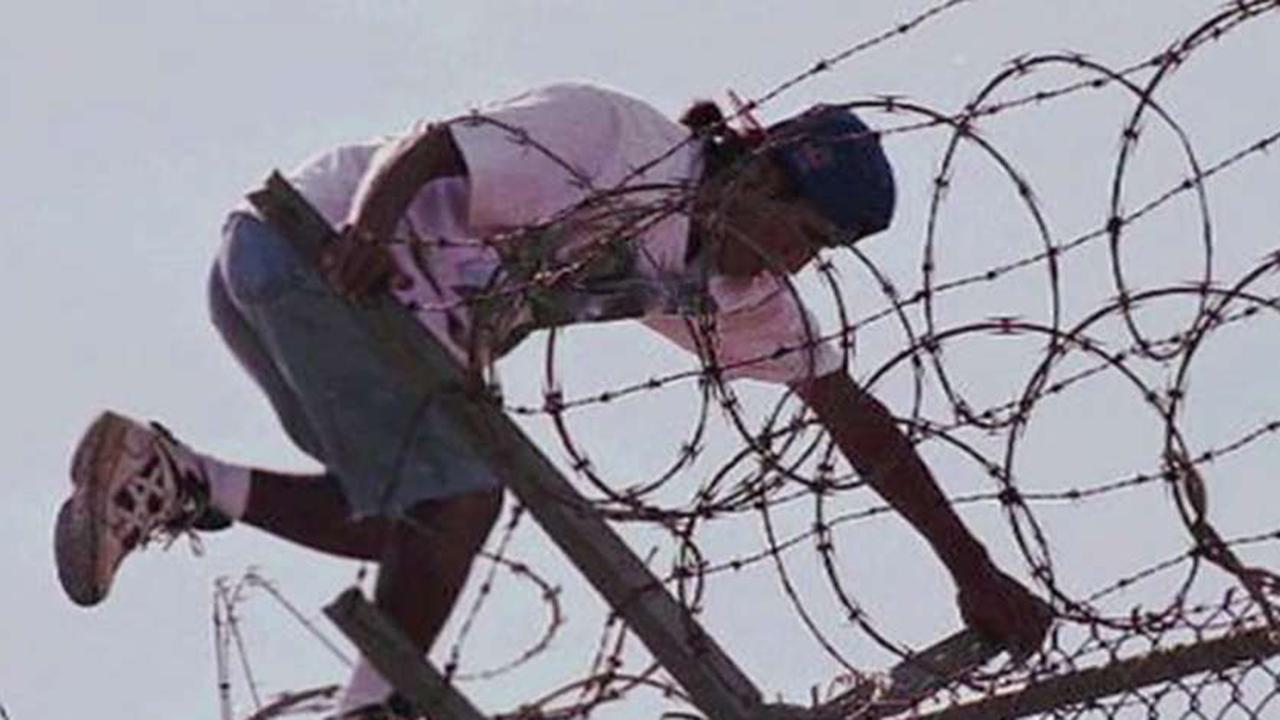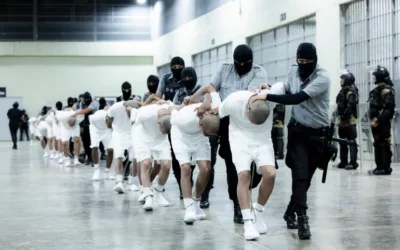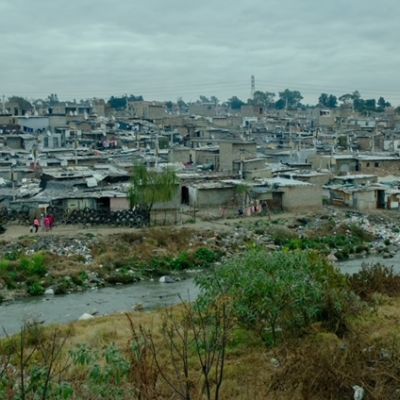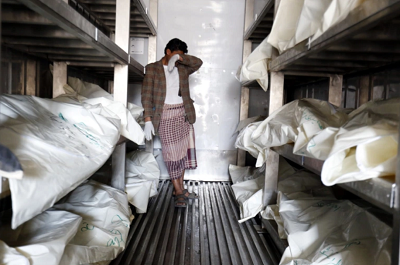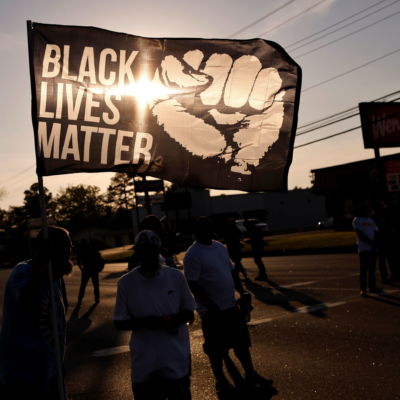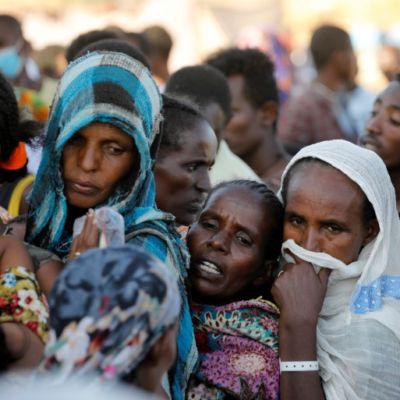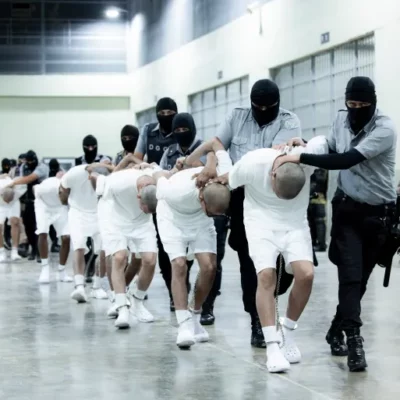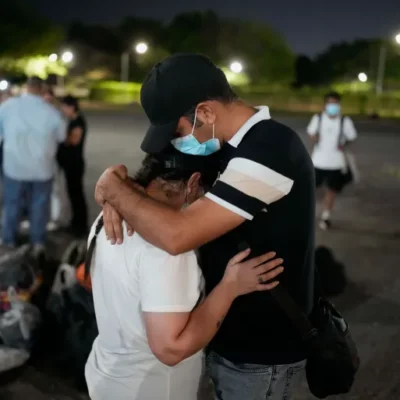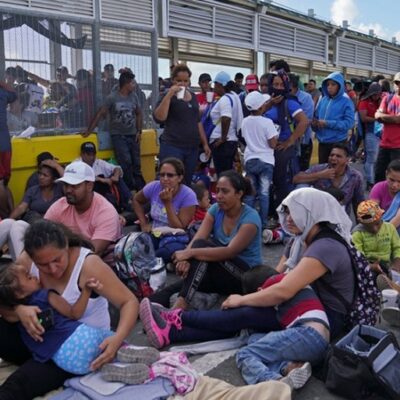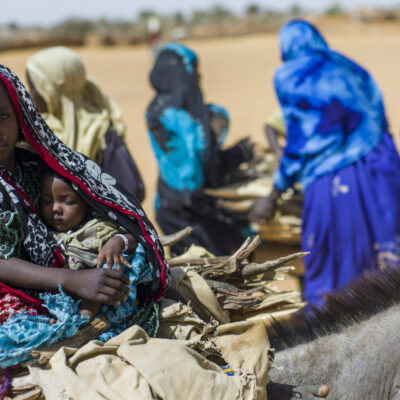For quite some time, Mexico has been using a strategy to disperse these large caravans in an attempt to better manage migrant flows. Instead of allowing migrants to travel in large groups toward the U.S., the Mexican government has been arranging for them to be transported by bus to different states within Mexico. Once in these smaller groups, migrants are typically given a limited time to stay in the country. While some eventually choose to continue their journey to the U.S., they do so without the organized mass movements that have been a point of contention.
This approach, while effective at reducing large-scale migration, has sparked criticism from various humanitarian groups. They argue that Mexico’s strategy leaves migrants in precarious situations, as they are forced to move in smaller, more vulnerable groups that lack proper support or protection. Many migrants face serious risks, including exploitation, violence, and detention as they attempt to reach their destinations.
At the same time, Mexico faces a delicate balance. It must manage its relationship with the U.S. while also adhering to international human rights commitments. On one hand, Mexico is taking steps to control the flow of migration across its southern border, which aligns with U.S. expectations. On the other hand, the country must navigate the complex challenge of ensuring the rights and safety of migrants, many of whom are fleeing violence and poverty in their home countries.
The ongoing debate over migration policy between the U.S. and Mexico is far from settled. Both countries continue to grapple with how to address the human and security concerns surrounding migration, while managing their domestic and international priorities. This complex issue is likely to remain at the forefront of political discussions for the foreseeable future.
Agencies.
